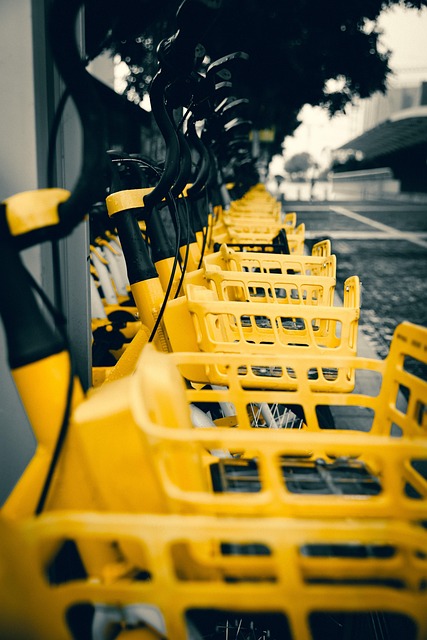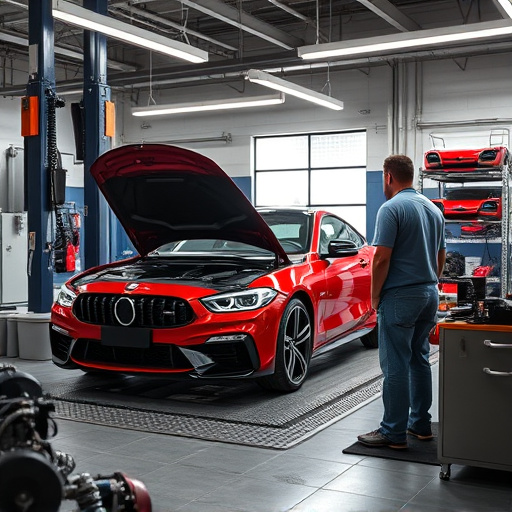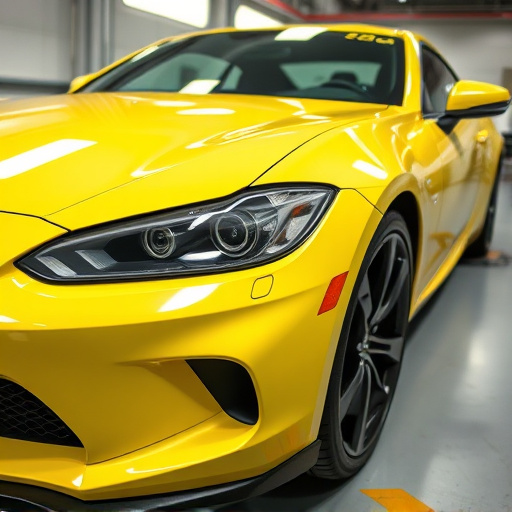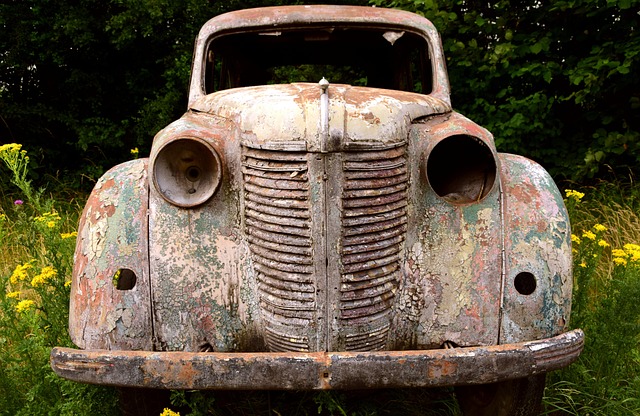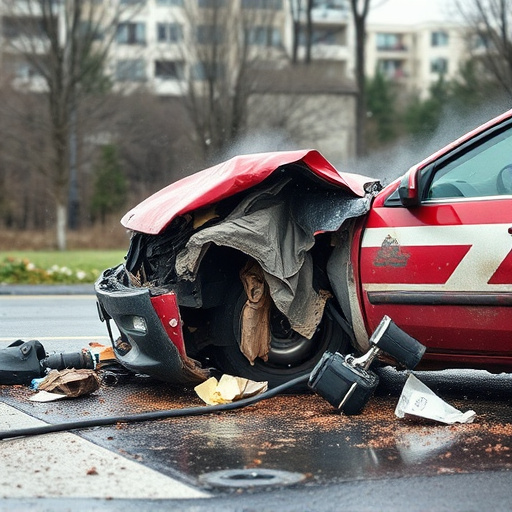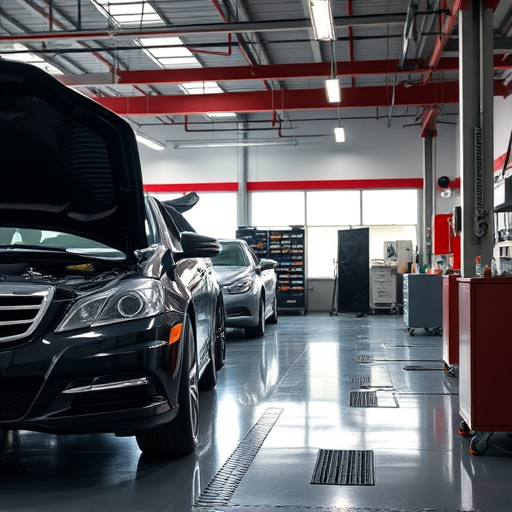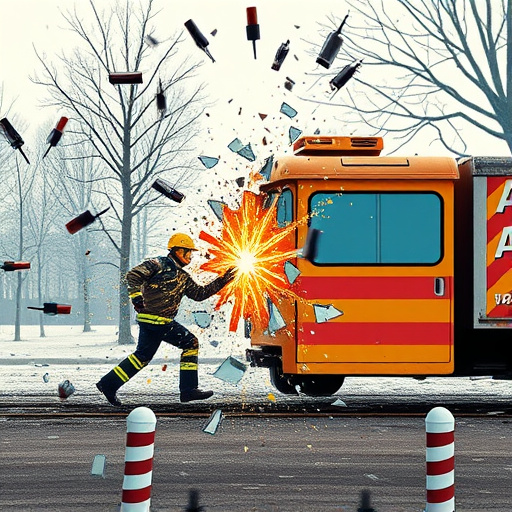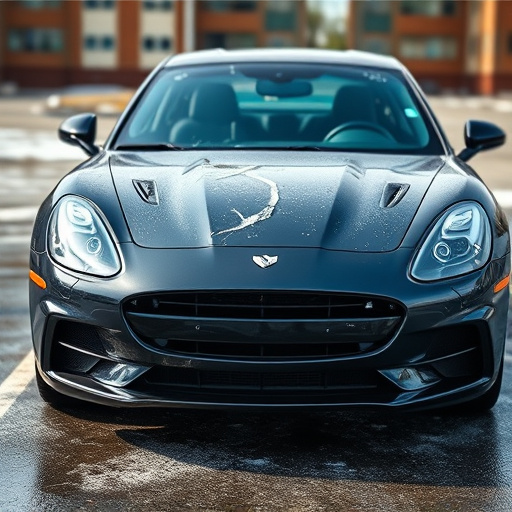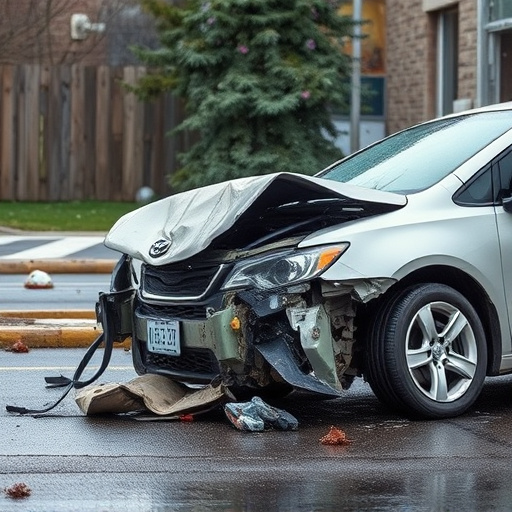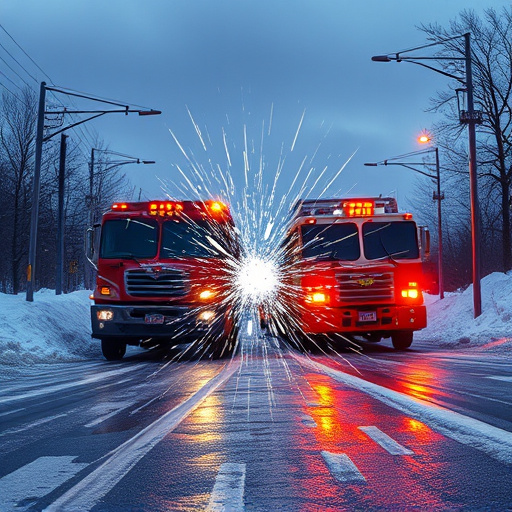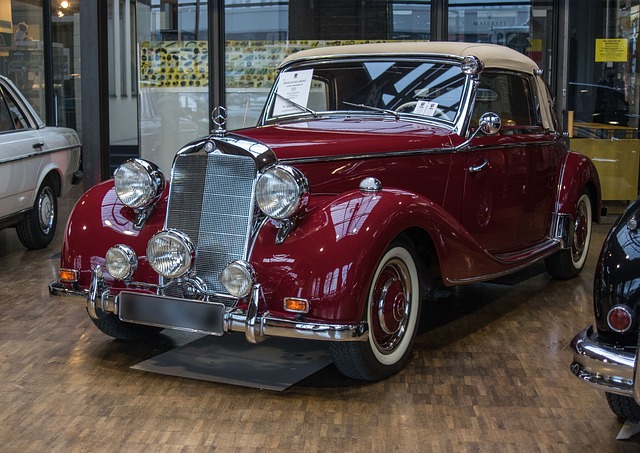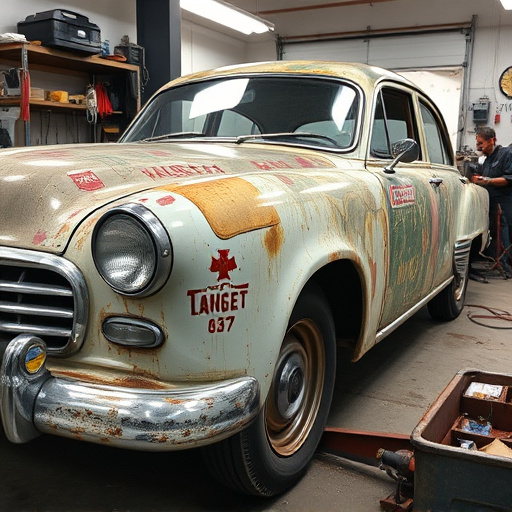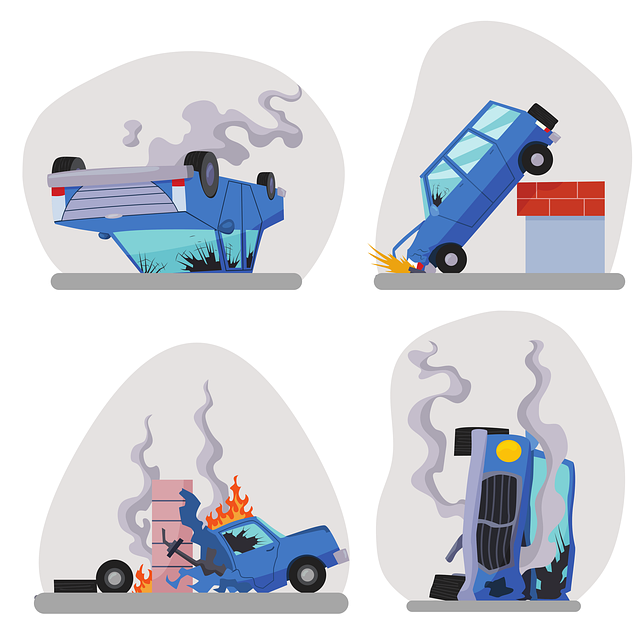PDR (Paintless Dent Repair) offers a cost-effective alternative for car dent repair. DIY enthusiasts can use basic PDR kits with tools like taps, claws, and squeegees for minor dents. Professionals rely on advanced equipment including air bag guns and precision mallets for complex jobs. Choosing the right PDR equipment depends on whether you're a beginner or a professional technician, with professional-grade tools ensuring fast, precise results.
In the realm of automotive repair, Paintless Dent Repair (PDR) has emerged as a game-changer. Whether you’re a DIY enthusiast or a professional technician, investing in the right PDR equipment is crucial for achieving perfect results. This article compares PDR tools and equipment specifically designed for both DIYers and seasoned pros, exploring the nuances of various techniques and helping you choose the ideal kit tailored to your needs. From essential tools to advanced technologies, discover what sets these kits apart in the vibrant world of PDR equipment.
- DIY vs. Pro: Tools and Equipment Comparison
- PDR Techniques: What Sets Them Apart?
- Choosing the Right PDR Kit for Your Needs
DIY vs. Pro: Tools and Equipment Comparison
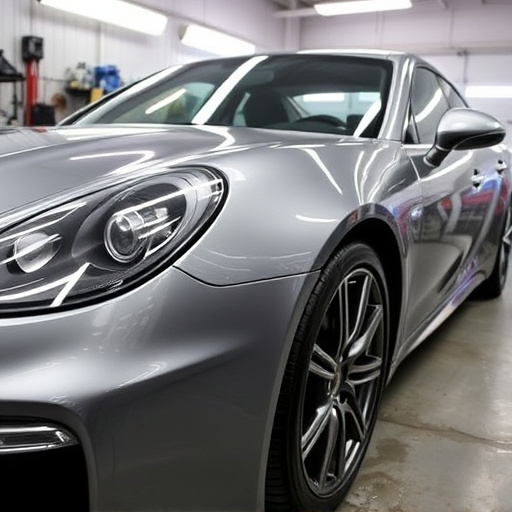
For DIY enthusiasts looking to attempt car dent repair on their own, investing in PDR equipment can be a cost-effective solution. Basic PDR kits designed for beginners often include tools like a tap, claw, and squeegee, which are sufficient for removing smaller dents and dings. These tools allow users to perform dent removal techniques at home, saving them the time and expense of visiting auto repair services.
Professional technicians, on the other hand, rely on a more advanced set of PDR equipment to handle complex car dent repair jobs. Their toolkits incorporate specialized tools such as air bag guns, impact wrenches, and precision mallets for effective dent removal. These professionals are equipped to tackle deeper dents, creases, and even body panel repairs, ensuring superior results compared to DIY methods. The difference in equipment lies in the level of expertise and the scope of repairs they can accomplish, with professional auto repair services offering more comprehensive solutions for severe cases of dent removal and car dent repair.
PDR Techniques: What Sets Them Apart?
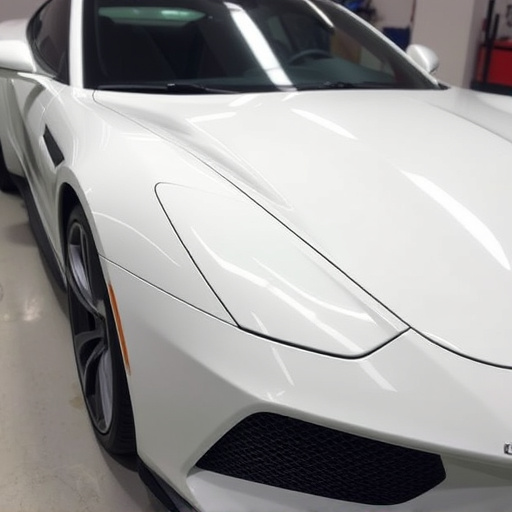
PDR techniques, or Plastic Deformation Repair, are a set of specialized methods used to restore damaged vehicle bodies, including dent repair and the removal of minor imperfections. What sets PDR apart from traditional collision repair services is its non-invasive nature, making it a popular choice for both DIY enthusiasts and professional body shop services.
The key difference lies in the tools and equipment used. While basic PDR techniques can be performed with simple hand tools, such as pry bars and mallets, professional technicians employ advanced PDR equipment to achieve precise and effective results. These tools are designed to handle complex geometric shapes and tight spaces, ensuring that even the most intricate dents can be repaired without damaging the vehicle’s surface or underlying structures, making it a more cost-effective and efficient solution for dent repair compared to traditional body shop services.
Choosing the Right PDR Kit for Your Needs
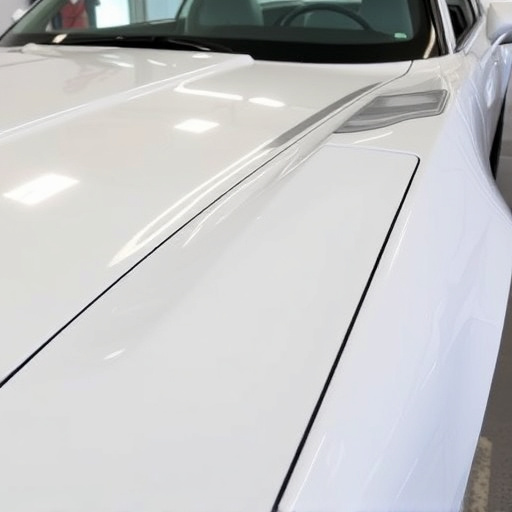
When considering PDR equipment, whether for DIY enthusiasts or professional technicians, it’s paramount to align your choice with your specific needs. For those venturing into car body restoration as a hobby, a beginner-friendly PDR kit offering simplicity and ease of use is ideal. These kits often include basic tools like daippers, tampers, and polishes, enabling you to perform minor dents and scratches removal at home.
In contrast, auto collision centers and body shop services necessitate more robust PDR equipment capable of handling complex repairs. Professional-grade tools are designed for speed, precision, and endurance, employing advanced technologies like dual-action polishers and specialized tips to tackle intricate car body restoration tasks. This level of equipment is crucial for achieving flawless, factory-like finishes in a timely manner.
When comparing DIY PDR kits to professional-grade options, it’s evident that each has its strengths. For casual enthusiasts or those looking to save costs, a well-equipped DIY kit offers accessibility and versatility. However, professionals rely on specialized PDR equipment for efficient, high-quality results, catering to more complex repairs. Ultimately, the choice depends on skill level, budget, and desired outcomes, with both paths offering unique advantages in the world of PDR equipment.
